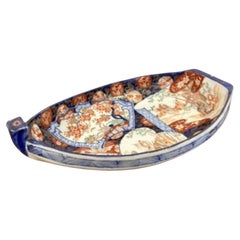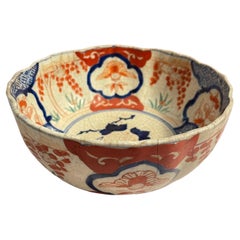Items Similar to Antique Japanese Hirado Sauce Boat Richly Decorated Marked, Ca 1900
Want more images or videos?
Request additional images or videos from the seller
1 of 5
Antique Japanese Hirado Sauce Boat Richly Decorated Marked, Ca 1900
$2,720.97
$3,401.2220% Off
£2,012.08
£2,515.1020% Off
€2,278.40
€2,84820% Off
CA$3,737.52
CA$4,671.9020% Off
A$4,155.91
A$5,194.8920% Off
CHF 2,175.69
CHF 2,719.6220% Off
MX$50,765.22
MX$63,456.5320% Off
NOK 27,339.74
NOK 34,174.6720% Off
SEK 25,718.50
SEK 32,148.1320% Off
DKK 17,348.26
DKK 21,685.3320% Off
About the Item
Sharing with you is this nice piece of Japanese porcelain. A Sauce boat with Crabs and an octopus. Could be hirado ware, not found a similar piece yet.
Additional information:
Material: Porcelain & Pottery
Region of Origin: Japan
Period: 19th century
Japan Dynasty Period: Meiji Period (1867-1912)
Japanese Style: Hirado
Condition: 1 crackle line on the inside. 1 leg of the octupus with a firing flaw.
Dimensions: 17 W x 8 D x 11.9 H cm
- Dimensions:Height: 4.69 in (11.9 cm)Width: 6.7 in (17 cm)Depth: 3.15 in (8 cm)
- Style:Meiji (Of the Period)
- Materials and Techniques:
- Place of Origin:
- Period:
- Date of Manufacture:19th Century
- Condition:1 crackle line on the inside. 1 leg of the octupus with a firing flaw.
- Seller Location:Amsterdam, NL
- Reference Number:Seller: 1337168121951stDibs: LU4863242696572
About the Seller
5.0
Platinum Seller
Premium sellers with a 4.7+ rating and 24-hour response times
Established in 2015
1stDibs seller since 2019
266 sales on 1stDibs
Typical response time: 6 hours
- ShippingRetrieving quote...Shipping from: Amsterdam, Netherlands
- Return Policy
Authenticity Guarantee
In the unlikely event there’s an issue with an item’s authenticity, contact us within 1 year for a full refund. DetailsMoney-Back Guarantee
If your item is not as described, is damaged in transit, or does not arrive, contact us within 7 days for a full refund. Details24-Hour Cancellation
You have a 24-hour grace period in which to reconsider your purchase, with no questions asked.Vetted Professional Sellers
Our world-class sellers must adhere to strict standards for service and quality, maintaining the integrity of our listings.Price-Match Guarantee
If you find that a seller listed the same item for a lower price elsewhere, we’ll match it.Trusted Global Delivery
Our best-in-class carrier network provides specialized shipping options worldwide, including custom delivery.More From This Seller
View AllAntique ca 1900 Japanese Hirado'?' Sauce Boat Richly Decorated Marked
Located in Amsterdam, Noord Holland
Description
Sharing with you is this nice piece of Japanese porcelain. A sauce boat with crabs and an octopus. Could be hirado ware, not found a similar p...
Category
Antique 19th Century Japanese Meiji Ceramics
Materials
Porcelain
$2,864 Sale Price
20% Off
Antique Ko-Kutani Edo Period Japanese Porcelain Dish Arita, 17th Century
Located in Amsterdam, Noord Holland
A very nice leaf shaped polychrome dish of moulded shape. Unusual shape and painting.
Early Edo period.
Additional information:
Material: Porcelain & Pottery
Japanese Style: Kutani...
Category
Antique 17th Century Japanese Edo Decorative Dishes and Vide-Poche
Materials
Porcelain
$1,268 Sale Price
20% Off
Antique Japanese Porcelain Meiji Period Arita Polychrome Bowl Ship 19th Century
Located in Amsterdam, Noord Holland
Sharing with you this unusual and magnificent bowl from the Meiji period (19th century). It has a very interesting and lovely blue, red and gold scene
Unmarked at the base.
Addition...
Category
Antique 19th Century Japanese Meiji Decorative Bowls
Materials
Porcelain
$270 Sale Price
20% Off
Vintage Japanese Nabeshima Footed Bowl Meiji Period, 20th Century
Located in Amsterdam, Noord Holland
A very nice bowl footed bowl in Nabeshima style
Additional information:
Material: Porcelain & Pottery
Region of Origin: Japan
Period: 20th Century
Condition: Overall Condition Close...
Category
20th Century Japanese Decorative Dishes and Vide-Poche
Materials
Porcelain
$1,230 Sale Price
20% Off
Antique Ko-Kutani Edo Period Japanese Porcelain Dish Arita, 1650-1670
Located in Amsterdam, Noord Holland
A very nice leaf shaped Celadon dish of moulded shape. with nice blue color also in one corner. Unusual shape and painting.
Early Edo period.
Additional information:
Material: Porc...
Category
Antique 17th Century Asian Edo Decorative Dishes and Vide-Poche
Materials
Porcelain
$1,722 Sale Price
20% Off
Antique Japanese Nabeshima or Nabeshima Style Serving Dish flowers, 19/20th Cen
Located in Amsterdam, Noord Holland
Japan, Nabeshima style or Nabeshima serving Dish, 19/20C period;
Rare and very beautiful serving dish in the form of a crane bird. Stunninly beautiful.
Additional information:
Mater...
Category
Antique 19th Century Japanese Serving Pieces
Materials
Porcelain
$752 Sale Price
20% Off
You May Also Like
Antique 20th Century Japanese Porcelain Bowl with Boat Motif
Located in Vancouver, BC
A beautiful porcelain bowl from Japan. A piece which has unique characteristics such as the mythical boat motif in the centre of the bowl.
It has a special feeling - somewhat minima...
Category
Vintage 1940s Japanese Porcelain
Materials
Ceramic, Porcelain
Japanese antique pottery bowl/[Banko ware] Mie prefecture/1850-1912
Located in Sammu-shi, Chiba
Banko-yaki is a type of pottery that began in the northern part of Mie Prefecture in the middle of the Edo period. (The places marked with red circles on the map are the kilns of Banko ware...
Category
Antique Late 19th Century Japanese Edo Pottery
Materials
Pottery
Unusual antique Japanese quality Imari boat shaped dish
Located in Ipswich, GB
Unusual antique Japanese quality Imari boat shaped dish having a quality antique Japanese Imari boat shaped dish with fantastic hand painted panels in wonderful gold, red, green, blu...
Category
Early 20th Century Decorative Dishes and Vide-Poche
Materials
Ceramic
Japanese Antique Serving Bowl 1800s Edo period Koimari ware AkaeKacho
Located in Paris, FR
This is a serving bowl which was made around 1800s in Edo period.
It is made with porcelain and it's all hand painted.
This bowl was made with Koimari style (Koimari-ware).
The motif...
Category
Antique Early 19th Century Japanese Edo Serving Bowls
Materials
Porcelain
$1,041 Sale Price
20% Off
Unusual antique Japanese imari quality boat shaped dish
Located in Ipswich, GB
Unusual antique Japanese imari quality boat shaped dish having an unusual antique Japanese imari boat shaped dish with a removable lid revealing a storage compartment, decorated with...
Category
Early 20th Century Ceramics
Materials
Ceramic
Japanese Ceramic Bowl Makuzu Kozan Utusushi Kenzan
By Makuzu Kozan
Located in Atlanta, GA
A rare ceramic bowl with overglaze paint decoration by Japanese imperial potter Makuzu Kozan ((1842–1916). Unlike the better-known works Kozan made for the expositions in the west and export to the foreign market, this piece exemplifies his work for the domestic market and the tea ceremony. The bowl was made in the so called "Utusushi" Ogata Kenzan (1663-1743), a celebrated Edo painter and ceramicist. Utusushi is loosely translated as "in the spirit of". It is not at all a simple imitation of a master, but a Japanese concept of embracing the spiritual essence of a master while the creator is free to mix in his or her own unique artistic interpretation and flavor.
The bowl was made to hold fruits during the tea ceremony. It has a very distinguished form with a circular lower body morphing into a square upper portion that further opening with flared rim. The surface has a grey glaze onto which Asagao flowers (Japanese morning glory) on the vines were painted in a free and poetic style. White was used for the petals, green for the leaves with touches of gold highlight. Asagao, the symbol of the summer was rendered in the spirit of Ogata Kenzan, and interestingly the shape of the blossom echoes the unique form the bowl. It was likely reserved for the tea ceremony during the summer months.
Under the base, Kozan was signed in black on a white porcelain plaque inlay.
For two similar examples of Kozan's work Utusushi Kenzan, see Page 168-169 of the book: Sekai ni Aisa Reta ya Kimono Miyagawa Kozan Makuzu...
Category
Antique Early 1900s Japanese Japonisme Ceramics
Materials
Ceramic
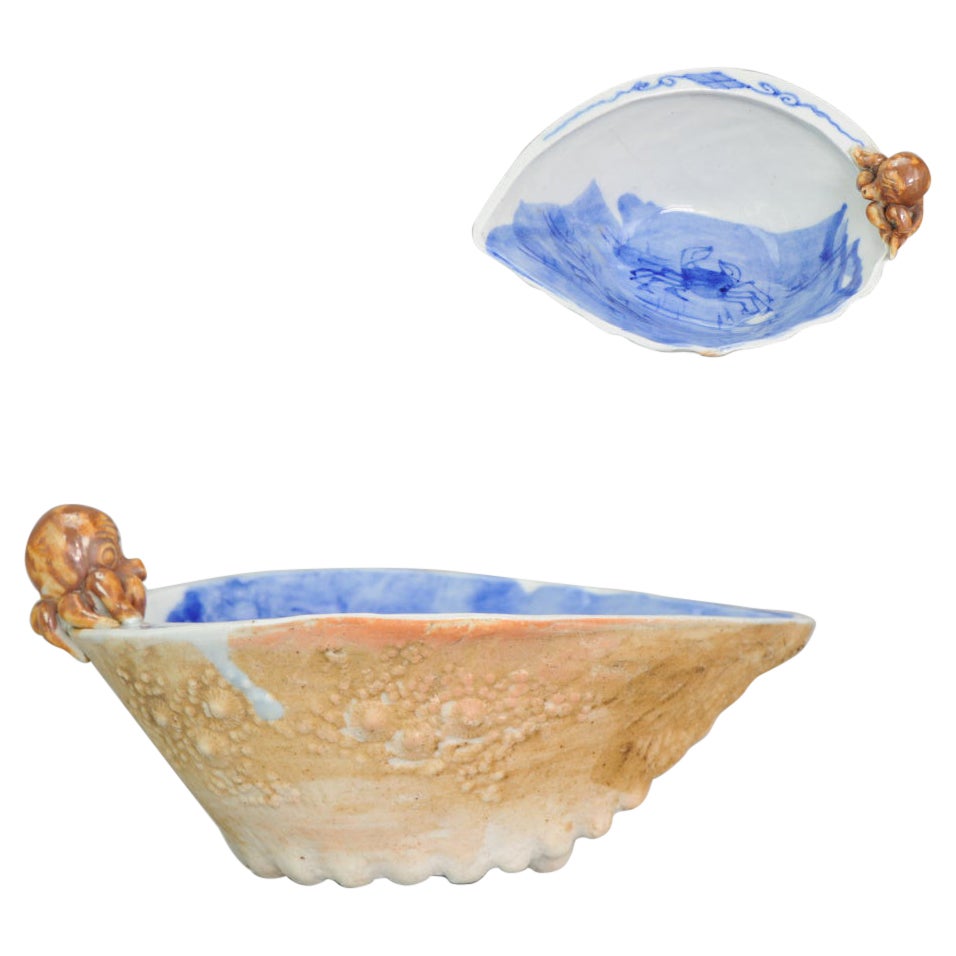
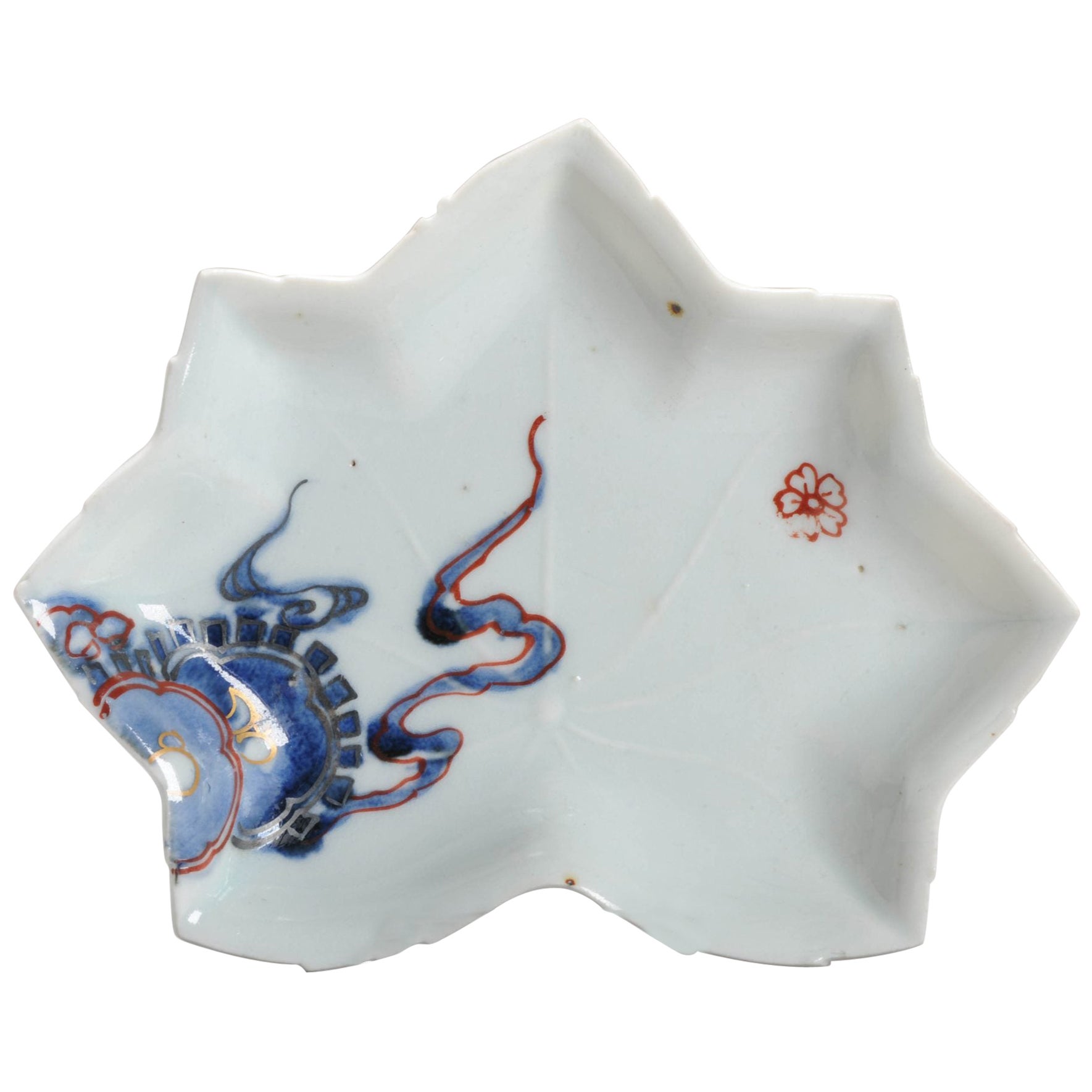
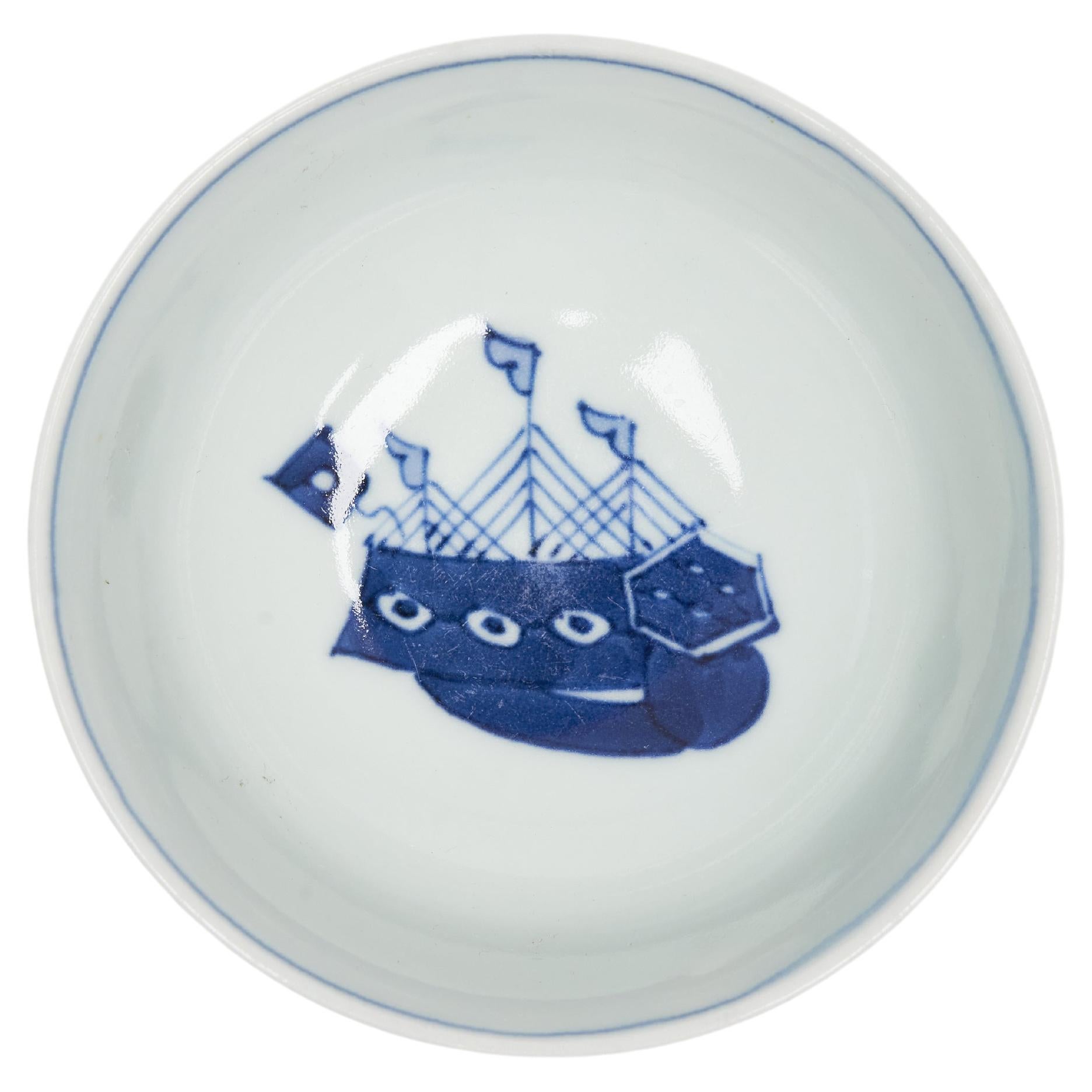
![Japanese antique pottery bowl/[Banko ware] Mie prefecture/1850-1912](https://a.1stdibscdn.com/japanese-antique-pottery-bowl-banko-ware-mie-prefecture-1850-1912-for-sale/1121189/f_319674221672470538196/31967422_datamatics.jpg)
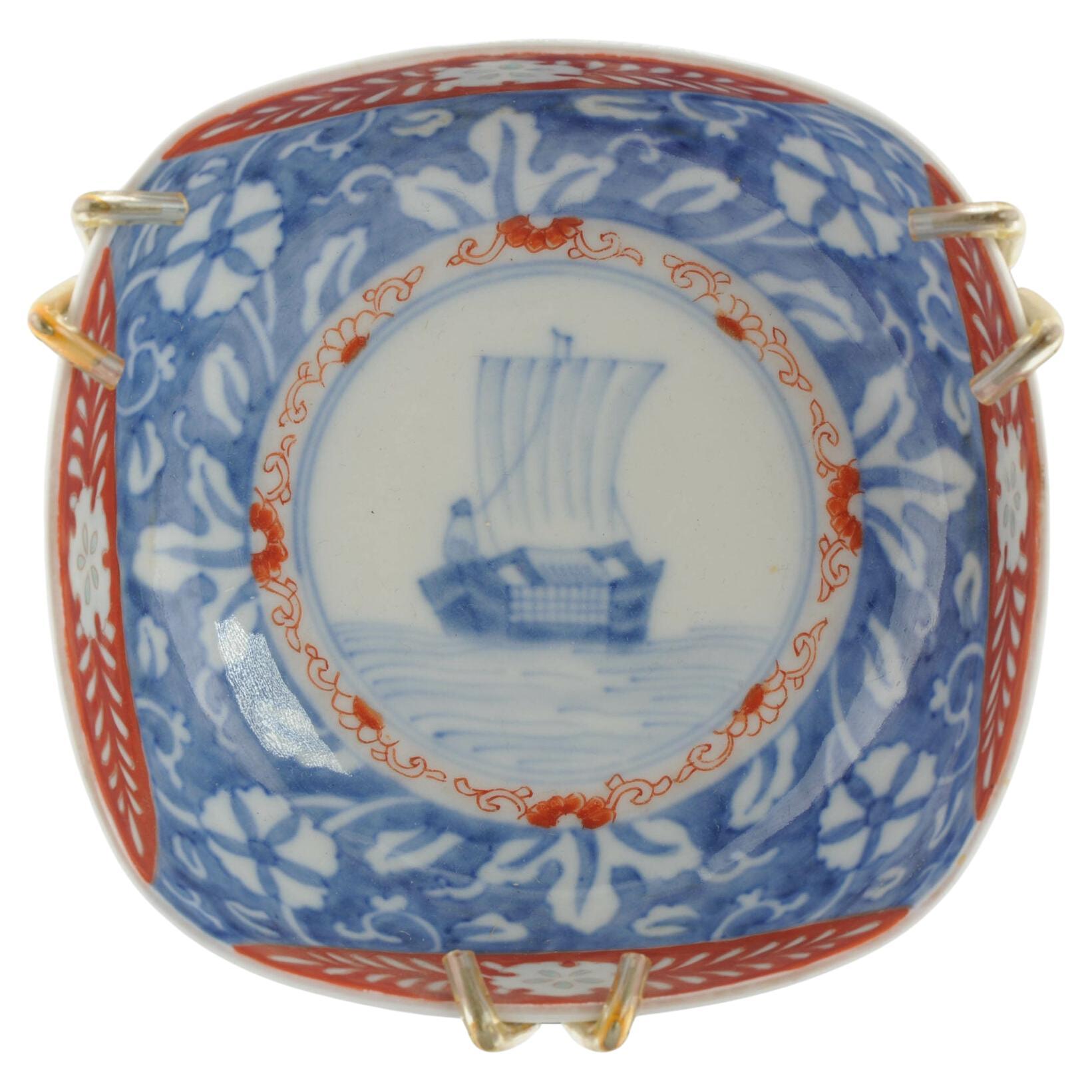
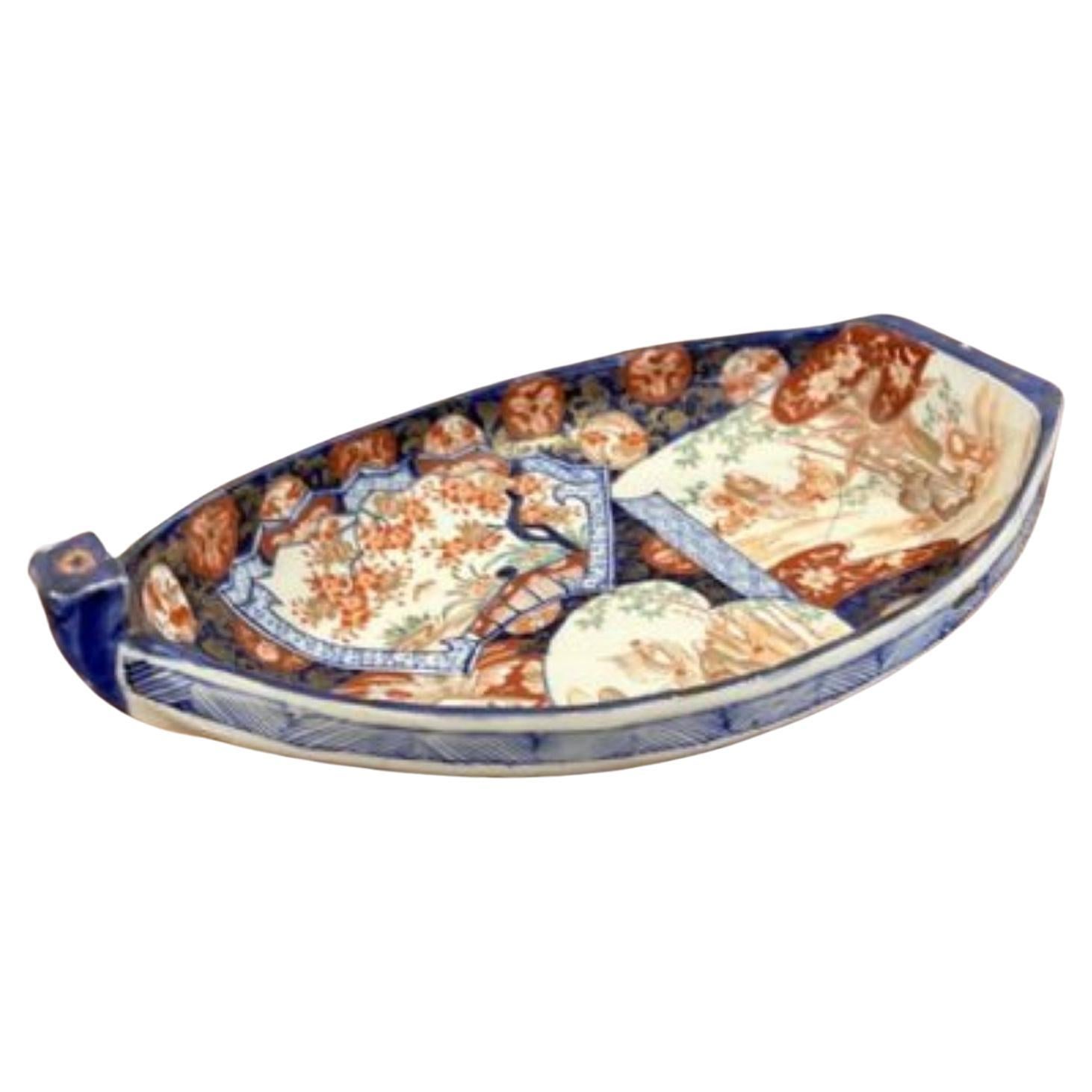
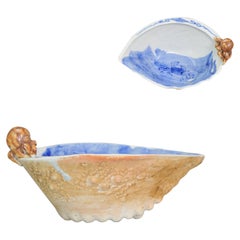
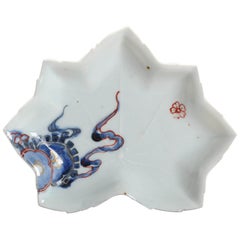
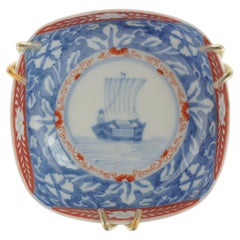
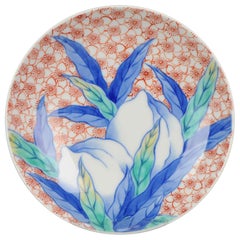
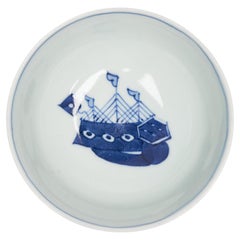
![Japanese antique pottery bowl/[Banko ware] Mie prefecture/1850-1912](https://a.1stdibscdn.com/japanese-antique-pottery-bowl-banko-ware-mie-prefecture-1850-1912-for-sale/1121189/f_319674221672470538196/31967422_datamatics.jpg?width=240)
